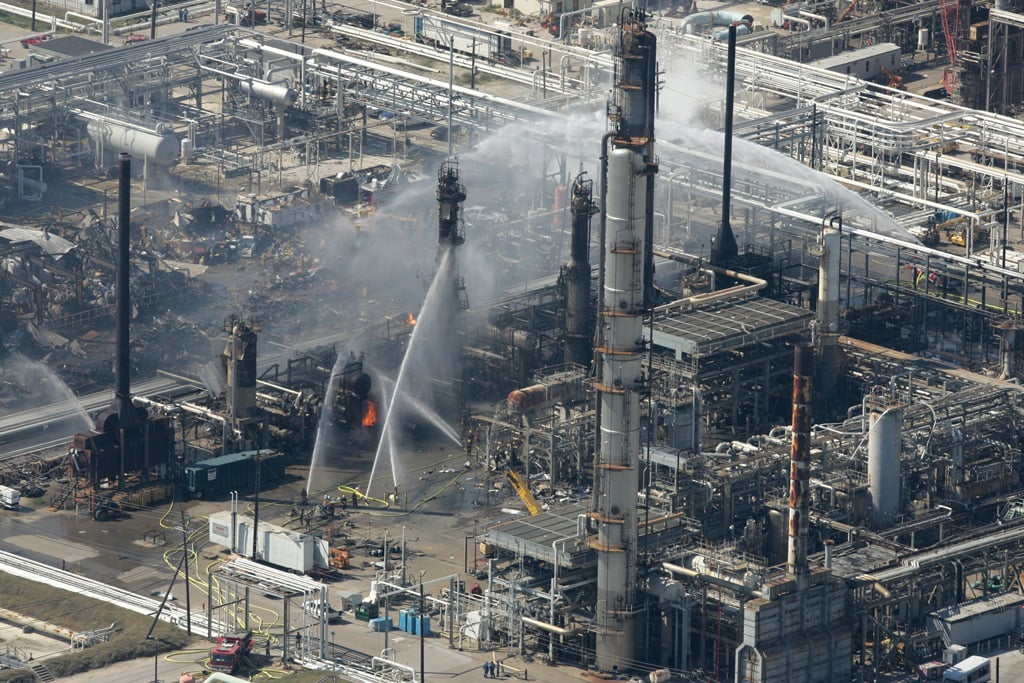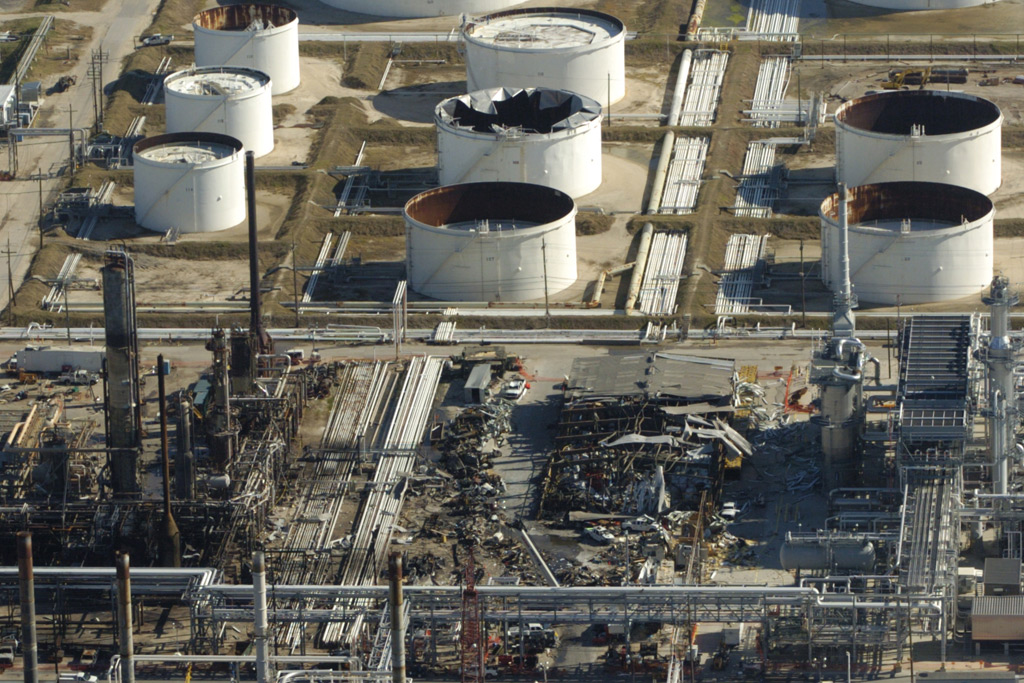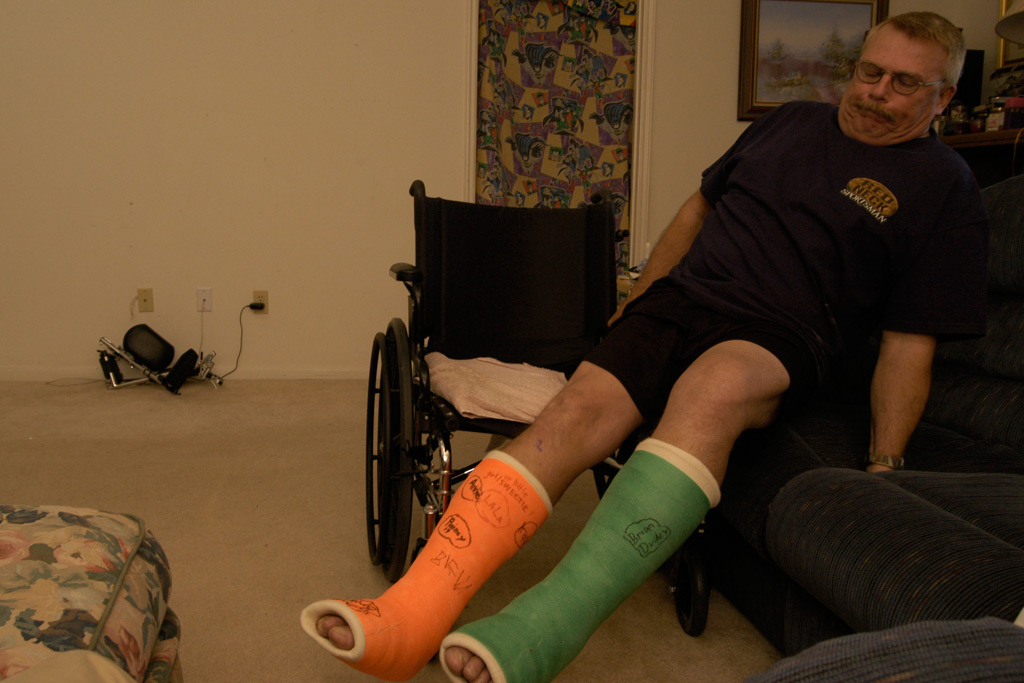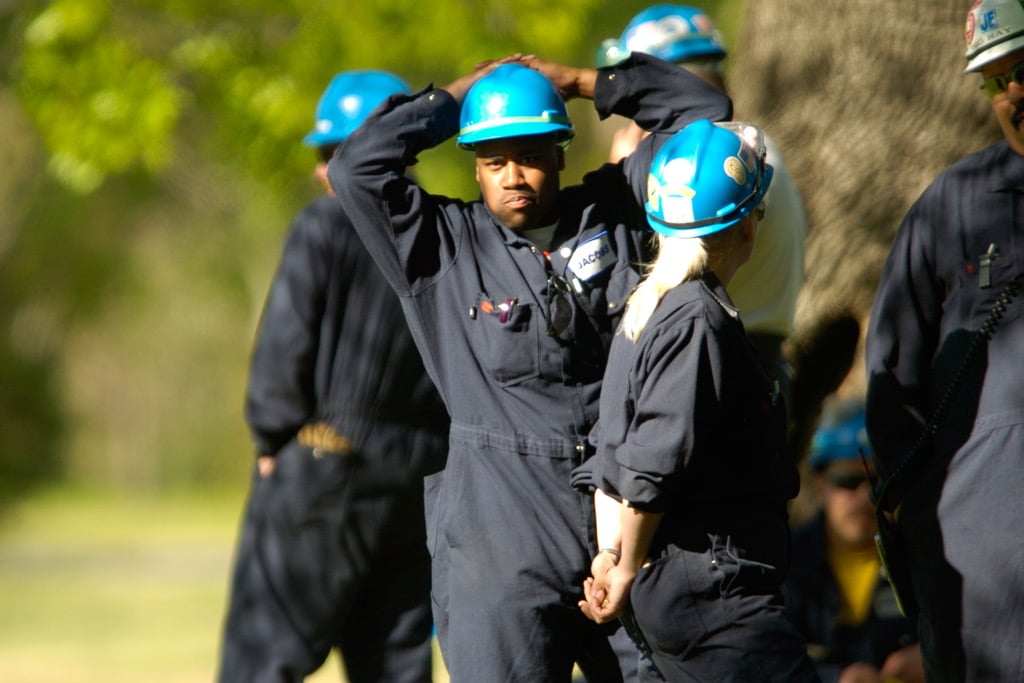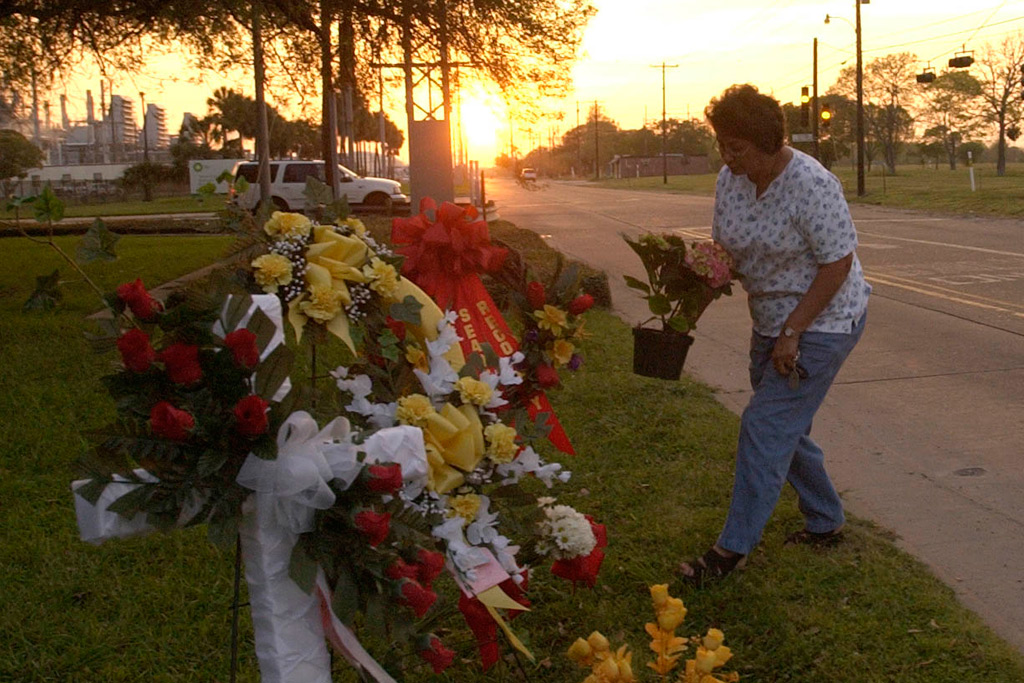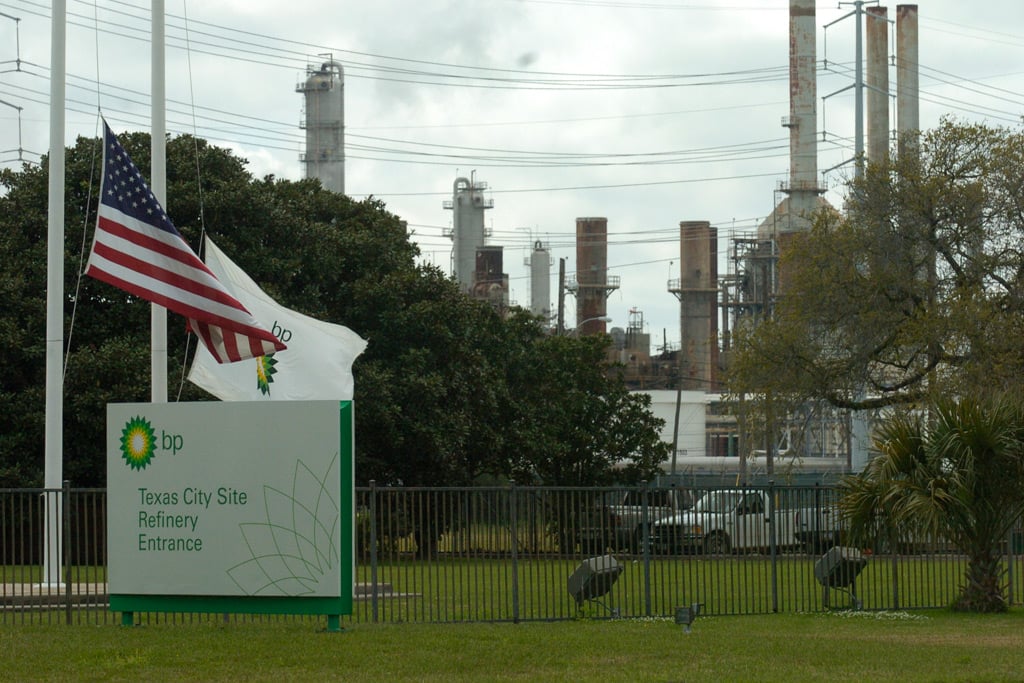Jolted by an earth-shaking boom on that warm Wednesday afternoon, Judith Mantell looked to the Texas City sky.
“It was unbelievable. The flames shot more than 70 feet into the air,” she told the Houston Chronicle on March 23, 2005, a day now etched in the town’s collective memory. “I’ve never seen flames that high from anything. They were bright orange, with yellow on the side.”
Investigative Findings
- At least 58 workers have died at U.S. refineries since March 23, 2005, slightly fewer than the number the decade before.
- Federal officials have tracked nearly 350 fires at U.S. refineries in the past eight years — about one every week.
- Some companies continue to put tents and office trailers in danger zones at refineries, despite recommendations to limit the number of workers in harm’s way.
- The death toll in the worst refinery accident since 2005 was so high because nonessential personnel were left in harm’s way. Seven were killed at a Washington refinery during a maintenance activity that required one operator.
- Federal regulators lack hard data to accurately track deaths and monitor safety trends within the industry.
Next came high-rising plumes of black smoke, seen by thousands around the Gulf Coast from Clear Lake to Galveston. In town, school children ducked beneath their desks. About 43,000 residents were ordered to shelter in place. Some quickly surmised the source of the debris raining down: BP’s hulking Texas City oil refinery.
A cloud of hydrocarbon vapor exploded over the 1,200-acre complex, ripping it apart and shattering windows nearly a mile away. The blast killed 15 workers, injured about 180 and turned the lives of countless others upside down.
The town would grieve. BP would restart the refinery, the state’s second largest. And a series of hearings, government and media investigations and legal proceedings in the following years would unearth a long-lasting culture of neglect that put workers and the public in danger. Years of cost cutting and staff downsizing maximized profits while making the refinery a ticking time bomb.
“The Texas City disaster was caused by organizational and safety deficiencies at all levels of the BP Corporation,” the federal Chemical Safety and Hazard Investigation Board concluded in its 2007 assessment. “Warning signs of a possible disaster were present for several years, but company officials did not intervene effectively to prevent it.”
Federal health and safety regulators failed to spot those vulnerabilities before it was too late.
The accident — now one of the most studied in U.S. history — triggered promises from the industry and regulators to invest in safety. New guidelines, new safety programs and more training came next.
But is the industry any safer 10 years after the blast? The Texas Tribune and the Houston Chronicle joined forces to find out. Though no single incident has matched the 2005 devastation, a two-month investigation finds the industry’s overall death toll barely slowed.


